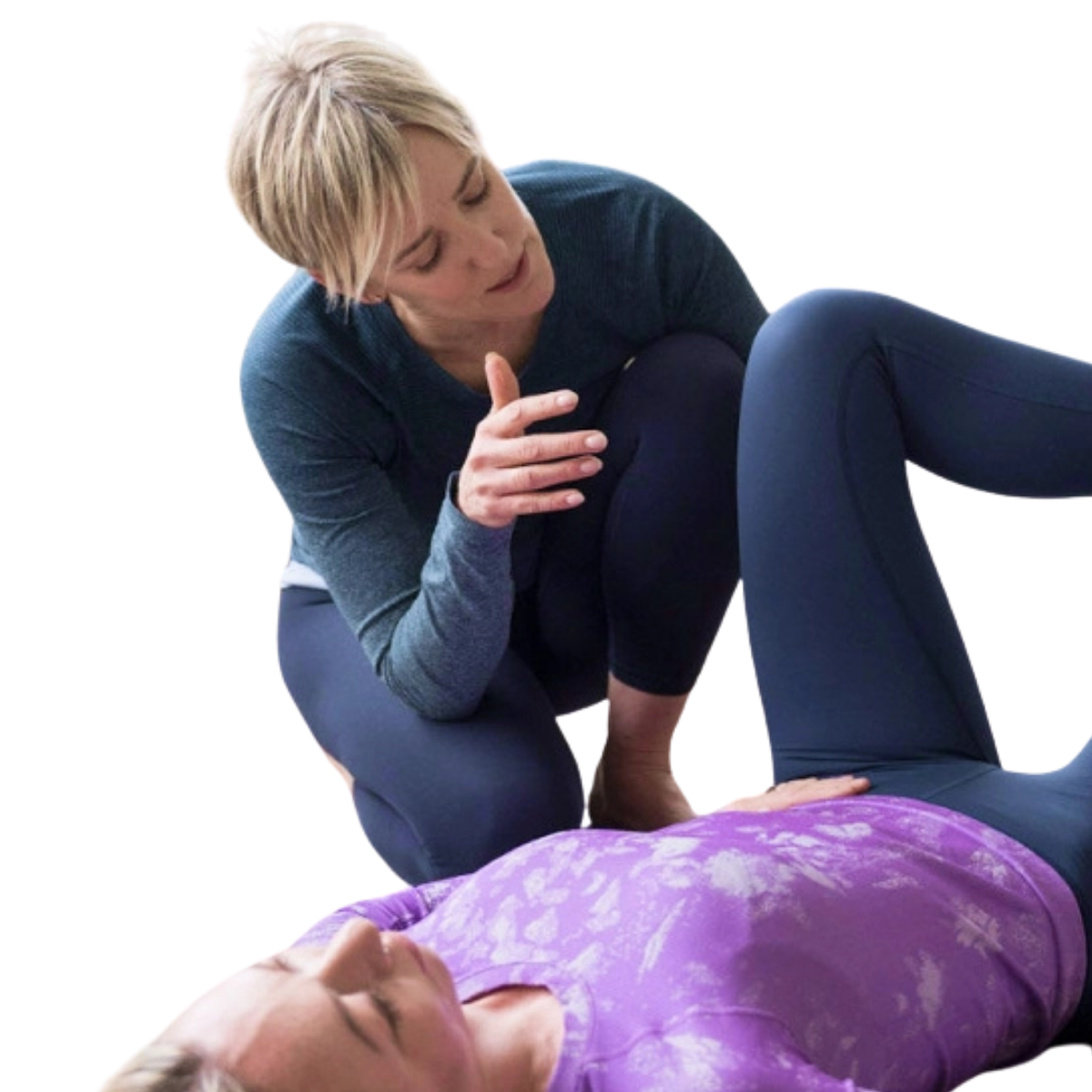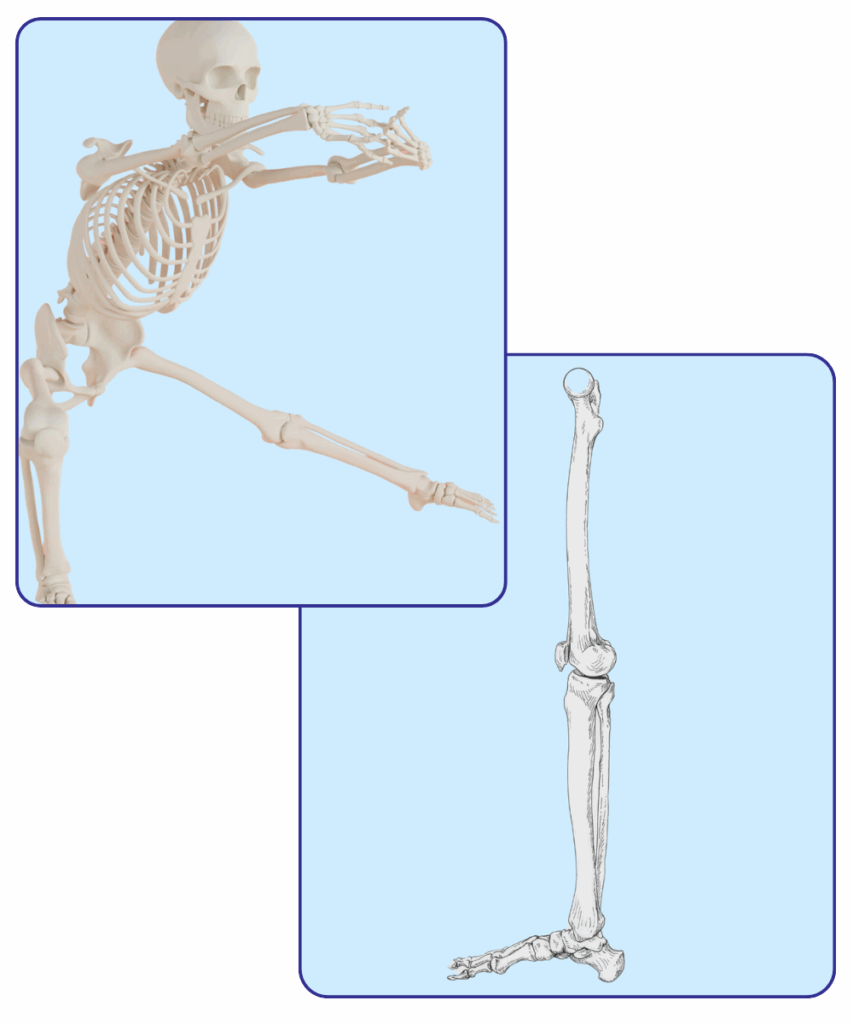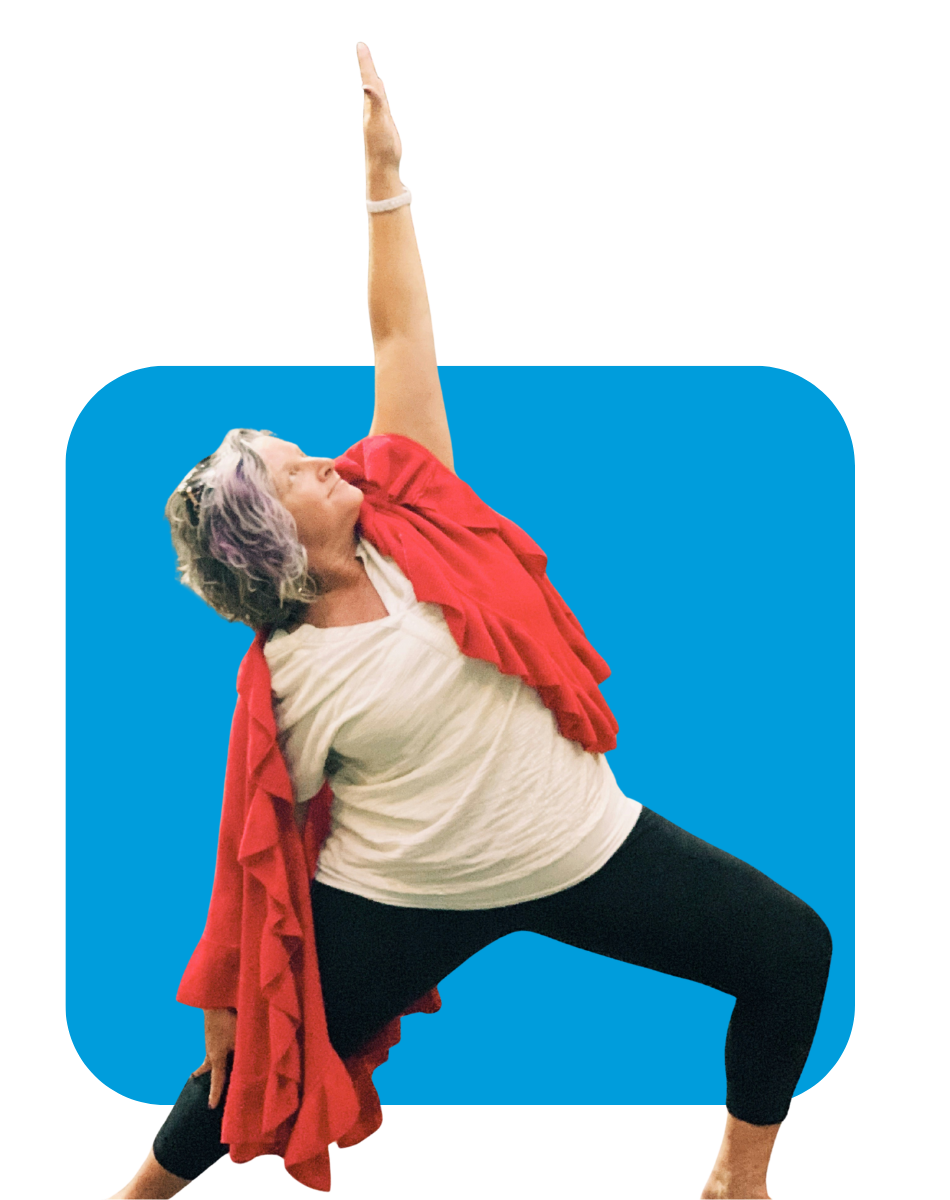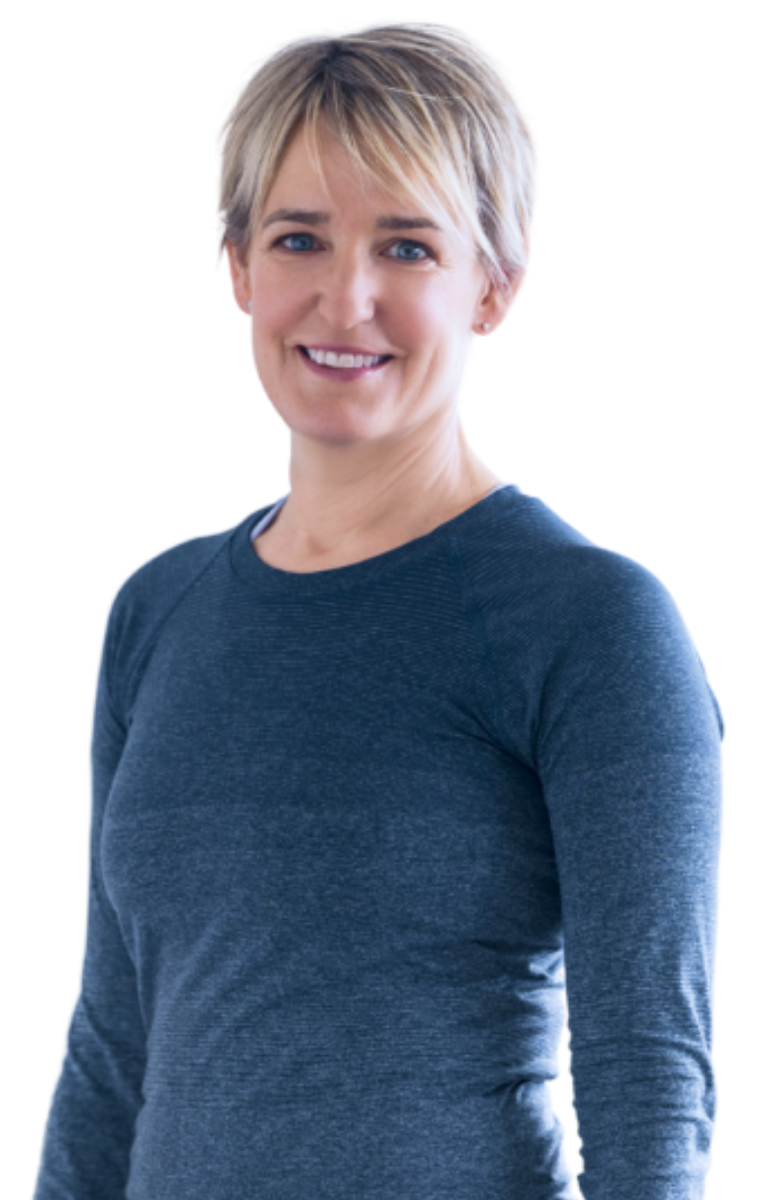Whether climbing or descending stairs.
Going for a simple walk.
Trying to run.
Doing a squat.
Getting up or down from the floor.
Pain, strain in the knee, whether from osteoarthritis or other conditions, can be one of the most annoying, agitating, and “Come on?! Am I getting old?” moments.
It can also be a fork in the road . . . some people respond with resignation:
“Wellllll, I’ve been on this planet this long, of course my knees are old and sore.”

You aren’t the type to resign.
Sure, you may be annoyed and agitated.
But really, you’re the type of person who, if you could find a way to help your knees, you’d do it.

Ummm… say what?
Seriously… look at this image of the skeleton.
The only skeletal piece that’s unique to the knee is the kneecap – the patella.
This is why when we can get the hip and foot/ankle working better, knee pain reduces.
Yes, even when there are issues related to osteoarthritis, ACL tears, cartilage wear, and post-surgical recovery.
*Photo by Europeana on Unsplash
“I wanted to tell you — ever since you posted the video on knees, I’ve been doing those exercises every day, and after just 5 days, my chronic knee pain has disappeared, with only a little bit of arthritis inflammation left. Thank you thank you thank you. You’ve helped me so much. I’ve been stricken with this pain for so long and have spent so much time and money trying to get better. I’m so grateful for your knowledge, and the simplicity of getting well. It’s like a miracle. Thank you.”
I Love My Knees is a mindful rehabilitative process that combines modern understanding of anatomy, biomechanics, and kinesiology with the ancient wisdom of yoga, awareness, and breath.
It’s a 7-hour multi-week program designed to help people with knee pain understand why their knees respond and scream the way they do and what they can specifically do to support them, reduce pain, and gain strength and function.
It’s a gentle, progressive approach designed to help you consistently decrease pain and increase function.
I’ve outlined the process below but first a bit about me.
*Photo by Europeana on Unsplash


I first began designing therapeutic programs in 1993.
Since then, I’ve worked with thousands of people in both traditional rehab settings and therapeutic yoga programs. I’ve become known for helping people get out of pain and into more functional movement and for training other yoga teachers to do the same.
Over these decades, I’ve seen a few clear truths emerge:
People who live with injury, illness, or the effects of treatment often know there’s a better way. A way that doesn’t rely on 3–6 pills a day. But they don’t know where to find it. So they settle.
Real relief comes when we address:
I love yoga.
It’s one of the best forms of movement and therapy out there.
But many traditional yoga poses are “out of reach” for people with pain, injury, or illness. And most yoga teachers aren’t trained to work with those challenges.
That’s where this work comes in.
I’ve seen thousands of people recover, and move forward into active, pain-free lives.
So yes, I can say with confidence:
It is possible to reduce or eliminate your pain.
Your knees can feel better.
Whether you have osteoarthritis, hypermobility, or you’re recovering from knee surgery . . .
This isn’t just about age or wear and tear.
It’s about coordination.
It’s about how you move.
And most of all, it’s about how the parts of your body work together, or don’t.
You might need to do a few things differently…
Not harder. Not more intense. Just different.
Learning to move without compensation.
Restoring clarity between your hips, knees, and feet.
Reducing unnecessary effort so your knees don’t take the hit.
This is what we focus on inside I Love My Knees.
Because here’s what I’ve seen over and over again:
The pain may be at the knee, but the change that helps it most often starts somewhere else.
We kick off with 2 days in the first week
12:30 PM to 1:45 PM MT
12:30 PM to 1:45 PM MT
week off – group will get 3 – 15 minute videos from me.
12:30 PM to 1:45 PM MT
“I worked with Susi after my knee replacement surgery. Without her help, I wouldn’t have regained the ability to hike, cycle, swim, or get down and back up from the floor with my kids. I was afraid of the surgery, afraid of the pain, and unsure about recovery. But Susi’s awareness practices and breath work helped me through the toughest phase. When I finished formal rehab, she was the one who helped me walk without a limp — and now I have zero pain.”

We’ll explore the anatomy of the knee in context — how it moves, what stabilizes it, and why it often bears the brunt of poor mechanics above and below. You don’t need prior anatomy training — I’ll guide you through the biomechanics in a way that’s practical, clear, and relevant to your experience on the mat.
Pain and dysfunction often show up at the knee, but the source is usually somewhere else. When you learn how to optimize coordination between the hip, knee, and ankle, your knee begins to feel more stable and supported. This is when people start to feel stronger, lighter, and more capable in everyday movement.
We’ll cover how to choose movements that are specific to your needs, not just generic “knee strengthening” routines. Whether you’re dealing with osteoarthritis, post-surgical recovery, or long-standing tension, you’ll learn how to build function in a way that actually supports healing and doesn’t add more strain.
The knee is uniquely influenced by what’s happening at the hip and the foot. It lives between two major joints and is constantly adapting to the loads, movements, and messages coming from above and below. That makes it vulnerable – yes – but also incredibly responsive and full of creative potential.
When you start to support the knee’s role as a dynamic connector, not just a victim of wear and tear, you’ll be amazed at how quickly things begin to shift. We’ll explore how to reduce unnecessary strain and help your knees do what they’re built to do with more ease and less effort.
Many people with injuries, illness, or complex treatment journeys intuitively know there’s a way to heal that doesn’t involve just taking 3–6 pills a day. But they don’t always know where to turn — so they settle for “managing” pain instead of reducing it.
In this program, we honour a deeper model of healing one that recognizes how the body moves, how the body heals, and how the brain plays an active role in that process. You’ll learn how patterns are wired and rewired and why paying attention to small, high-quality movement can help you shift pain patterns from the inside out.